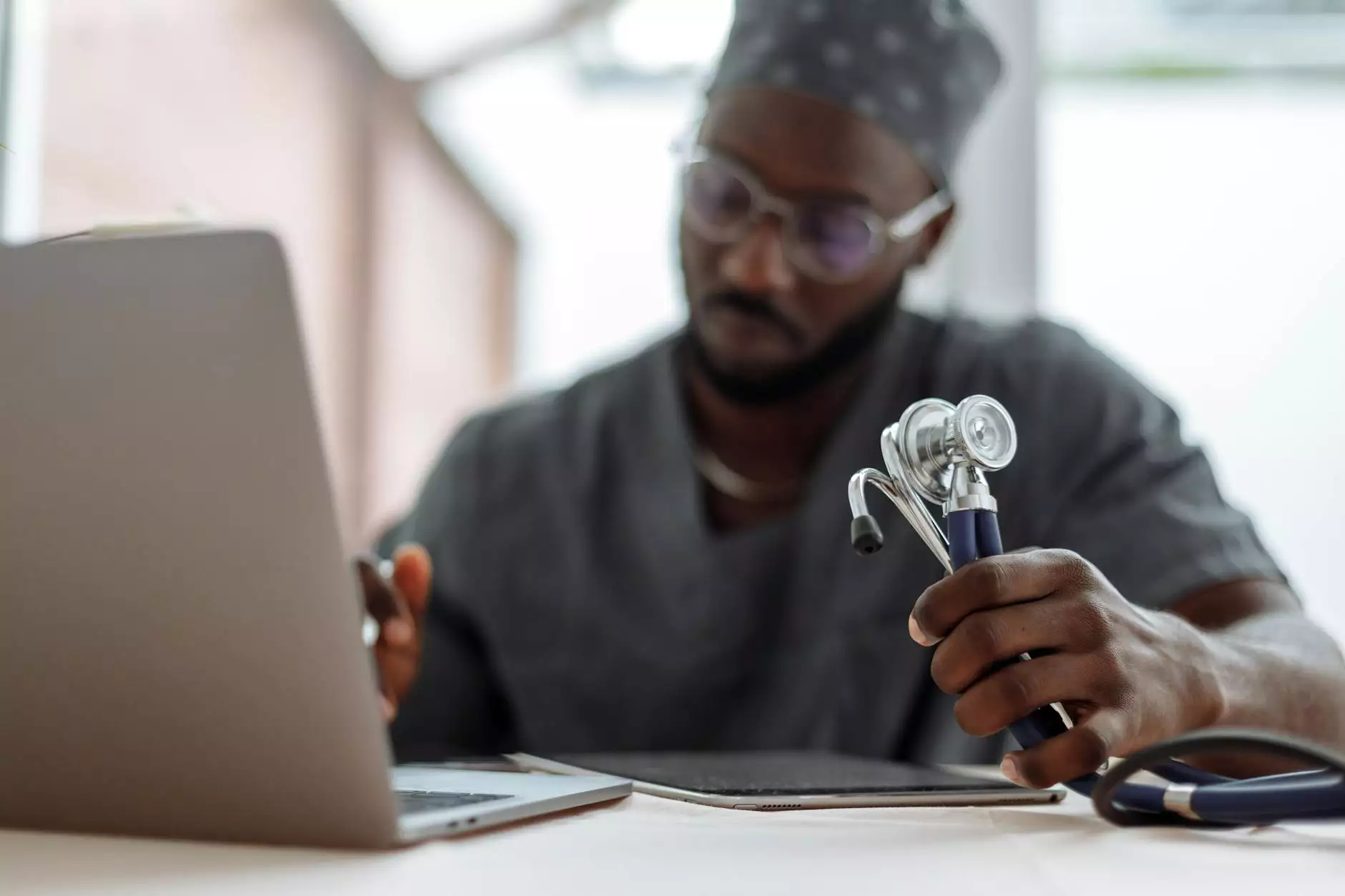Bilateral Salpingo-Oophorectomy: Understanding the Procedure, Benefits, and Recovery

The decision to undergo surgery can be daunting, particularly for women experiencing reproductive health issues. One such surgery is the bilateral salpingo-oophorectomy, which involves the removal of both ovaries and fallopian tubes. This comprehensive article aims to provide detailed information about this surgical procedure, its indications, benefits, and what patients can expect during recovery. Our goal is to empower individuals with knowledge about their health choices.
What is a Bilateral Salpingo-Oophorectomy?
A bilateral salpingo-oophorectomy combines the removal of both ovaries (oophorectomy) and both fallopian tubes (salpingectomy). This procedure is typically performed under general anesthesia and can be done through various surgical techniques, including laparoscopic and open surgery. Understanding the purpose and advantages of this operation can help patients make informed decisions about their health care.
Indications for Bilateral Salpingo-Oophorectomy
There are several medical reasons why a doctor might recommend a bilateral salpingo-oophorectomy:
- Ovarian Cancer: This procedure may be necessary as a treatment option for women diagnosed with ovarian cancer, particularly if the cancer has spread or the risk of recurrence is high.
- Endometriosis: Severe cases of endometriosis may warrant the removal of the ovaries and fallopian tubes to alleviate symptoms and prevent further complications.
- Pelvic Inflammatory Disease (PID): Chronic PID may lead to significant reproductive issues, and in advanced cases, this surgery may be recommended.
- Genetic Predisposition: Women with a strong family history of breast or ovarian cancer may choose this procedure as a preventative measure, especially if they carry BRCA1 or BRCA2 gene mutations.
- Ovarian Cysts: Recurring or problematic ovarian cysts that cause pain or discomfort might necessitate this surgical intervention.
Preparing for a Bilateral Salpingo-Oophorectomy
Preparation for this surgery involves a comprehensive evaluation by a healthcare provider. The following steps are crucial:
Medical Evaluation
Your doctor will conduct a thorough assessment, including a review of your medical history, physical examination, and necessary imaging tests such as ultrasounds or MRIs. These steps help to ascertain the need for surgery and to tailor the procedure to your specific condition.
Informed Consent
Before proceeding with the surgery, you will be required to give informed consent. This involves understanding the procedure, its risks, benefits, and potential alternatives. It is vital that you ask questions to clarify any concerns.
Preoperative Instructions
Your surgeon will provide you with specific instructions to follow leading up to the surgery. These may include dietary changes, medication adjustments, and recommendations regarding preoperative testing.
The Surgical Procedure
A bilateral salpingo-oophorectomy can be performed using different surgical techniques:
Laparoscopic Surgery
This minimally invasive approach utilizes several small incisions and a laparoscope (a thin tube with a camera) to guide the surgeon. Benefits of laparoscopic surgery include:
- Reduced recovery time
- Less pain and scarring
- Shorter hospital stay
Open Surgery
In some cases, an open procedure may be necessary, which involves a larger incision in the abdomen. Open surgery may be required if there are complications or if the organs are not easily accessible. Patients should discuss the potential need for open surgery with their healthcare provider.
Benefits of Bilateral Salpingo-Oophorectomy
The benefits of undergoing a bilateral salpingo-oophorectomy can be significant, especially for women facing serious health challenges:
- Effective Cancer Treatment: For women with ovarian or breast cancer, this surgery can significantly reduce the risk of cancer recurrence.
- Symptom Relief: Women suffering from endometriosis or chronic pelvic pain often experience significant symptom relief following the surgery.
- Preventative Care: For women with genetic predispositions, this surgery serves as a proactive measure to prevent cancer.
- Improved Quality of Life: Many patients report a better quality of life post-surgery, free from symptoms that previously hindered daily activities.
Risks and Considerations
Like any surgery, a bilateral salpingo-oophorectomy carries certain risks which should be thoroughly discussed with a healthcare provider. These include:
- Infection: As with any surgical procedure, there is a risk of infection at the incision sites or internally.
- Bleeding: Some patients may experience excessive bleeding during or after the surgery.
- Hormonal Changes: The removal of ovaries leads to immediate menopause, which may cause symptoms like hot flashes, mood swings, and vaginal dryness.
- Risks associated with anesthesia: General anesthesia can have complications, including respiratory issues or allergic reactions.
Postoperative Care and Recovery
The recovery period following a bilateral salpingo-oophorectomy is crucial for ensuring a successful outcome. Here’s what patients can expect:
What to Expect After Surgery
After the procedure, you will be moved to a recovery area where healthcare professionals will monitor your vital signs. Depending on the surgical approach, hospital stays can vary:
- Laparoscopic surgery: Often allows for same-day discharge.
- Open surgery: May require a longer hospital stay, typically one to three days.
Managing Discomfort
Pain management is an essential aspect of recovery. Your doctor will prescribe pain relievers as necessary. While mild discomfort is normal, any severe pain should be reported immediately.
Follow-Up Appointments
Regular follow-up visits are critical for monitoring recovery. These visits allow your doctor to assess your healing process and address any concerns that may arise.
Lifestyle Adjustments
Adopting a healthy lifestyle post-surgery can aid in recovery. Consider the following:
- Balanced Diet: Focus on nutritious foods that promote healing.
- Hydration: Stay well-hydrated to support bodily functions.
- Exercise: Gradually incorporate light physical activity as approved by your healthcare provider.
- Support Systems: Seek support from family and friends during recovery for emotional well-being.
Conclusion
The bilateral salpingo-oophorectomy is a significant surgical intervention with impactful benefits and serious considerations. By understanding the procedure, its indications, and what to expect regarding recovery, patients can approach the surgery with confidence. Ongoing support from medical professionals, family, and friends plays a vital role in successful recovery and quality of life post-procedure. If you are considering this surgery or facing reproductive health challenges, consult with a healthcare provider to make an informed decision that aligns with your health goals.
For more information regarding gynecological health, procedures, and consultative services, please visit drseckin.com.









